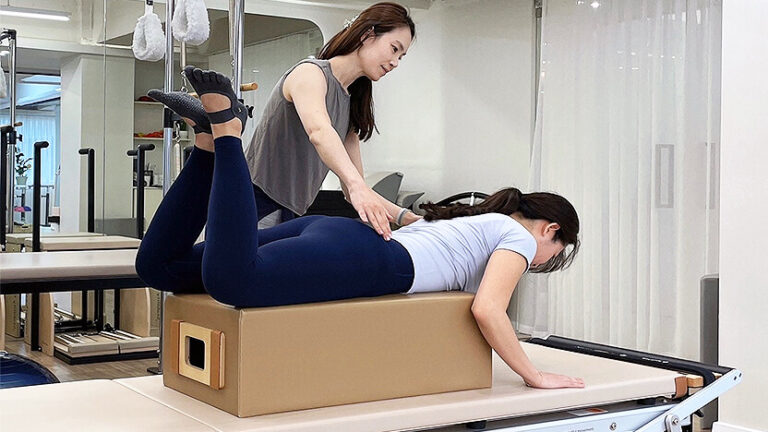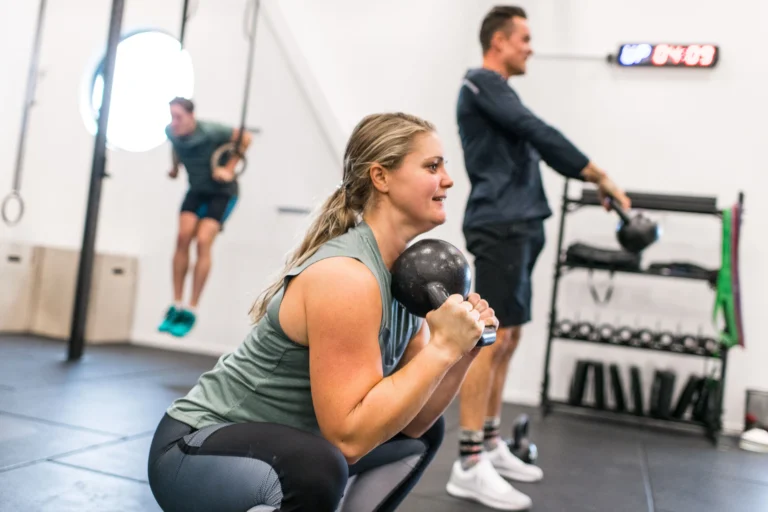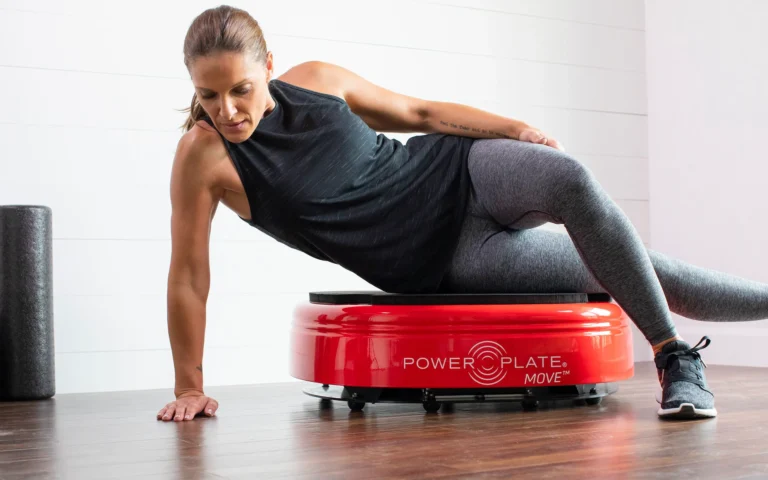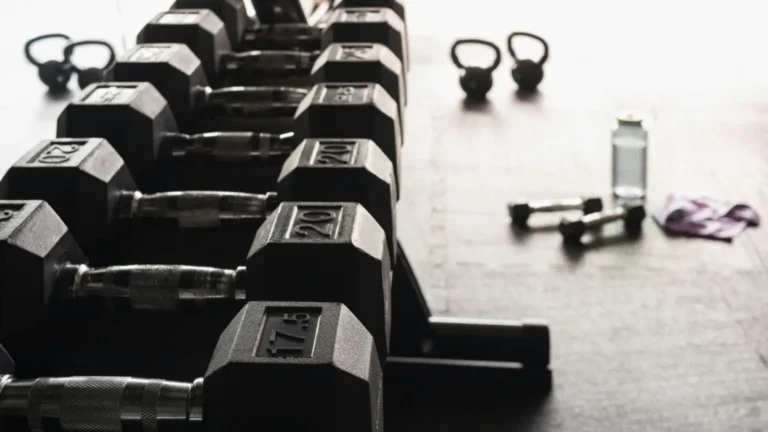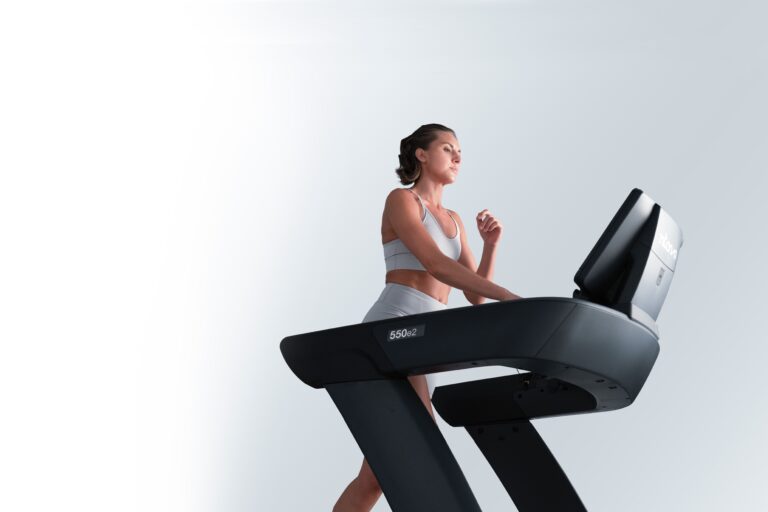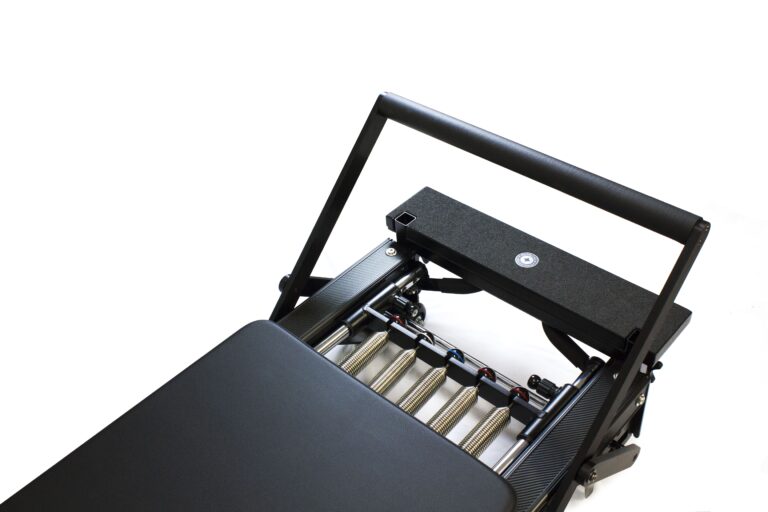Thick Rubber Flooring: The Go-To Choice for High-Intensity Training Spaces

Thick rubber flooring: the go-to choice for high-intensity training spaces
High-intensity training spaces are designed for performance, durability, and intensity. Whether it’s CrossFit, functional fitness, HIIT, or strength training, these areas see a high volume of movement, equipment usage, and repeated impact. Yet, one of the most overlooked aspects of gym design is the flooring.
The type of flooring installed in these areas affects not just safety and comfort, but also equipment longevity, noise levels, and long-term maintenance costs. Many gym owners and fitness distributors make the mistake of choosing flooring based solely on cost or aesthetics, without considering how much stress the surface will endure daily.
This is where thick rubber flooring becomes an essential investment. Designed to withstand constant heavy use, dropped weights, and intense workouts, it offers shock absorption, stability, and durability, making it the ideal choice for high-intensity training areas. In this article, we explore why thick rubber flooring is the best option for these demanding spaces and how it benefits both gym owners and members.
The role of thick rubber flooring in safety and performance
One of the primary concerns in high-intensity training areas is safety. The combination of heavy lifting, fast-paced exercises, and high-impact movements significantly increases the risk of injuries, slips, and joint strain. The wrong flooring—such as thin mats or hard concrete—can contribute to these risks by failing to provide adequate support and shock absorption.
Thick rubber flooring is engineered to reduce impact stress on the body, absorbing the force generated from jumps, lifts, and sudden movements. This is particularly important for high-intensity interval training (HIIT), where repetitive motion on a hard surface can lead to joint fatigue and muscle strain over time.
The grip and traction provided by thick rubber flooring also play a crucial role in safety. In fast-moving environments like functional fitness spaces, athletes need a stable surface that prevents slipping, even during sweaty workouts. The textured surface of quality rubber flooring enhances grip, reducing the likelihood of falls and injuries.
For gym owners, investing in flooring that prioritises safety and performance means fewer injuries, better member satisfaction, and lower liability risks. When members feel confident in their training environment, they are more likely to stay engaged and push themselves to new levels.
Protecting the subfloor and equipment with the right flooring
While safety is a primary concern, gym owners must also think about the protection of their facility and equipment. High-intensity training often involves dropping barbells, kettlebells, and dumbbells from significant heights, especially in weightlifting and CrossFit-style workouts. Without proper flooring, these repeated impacts can cause serious damage to the subfloor, leading to expensive repairs over time.
Thick rubber flooring acts as a protective barrier, absorbing the shock before it reaches the subfloor. This is particularly important for gyms located in multi-storey buildings, where vibrations from heavy impacts can travel through floors and create disturbances in adjacent areas.
Additionally, gym equipment benefits from a more forgiving surface. Machines, weights, and training accessories tend to wear down faster when placed on hard or unstable flooring. The resilience of thick rubber flooring extends the lifespan of equipment, reducing maintenance and replacement costs for gym owners.
Reducing noise levels for a better gym environment
The acoustics of a gym play a significant role in the overall experience for both members and staff. High-intensity training spaces are often the loudest areas in a gym, with the constant sound of weights dropping, foot strikes, and high-energy movement. This can create a disruptive atmosphere, making it harder for trainers to communicate and for members to focus.
Thick rubber flooring absorbs sound and vibrations, helping to create a more controlled and pleasant environment. By reducing noise levels, it prevents sound from carrying across the gym, making other training areas more functional. This is particularly valuable in gyms with multiple training zones or facilities located near residential or office spaces, where excessive noise could lead to complaints.
For gym operators, managing noise levels is an essential part of creating a high-quality fitness experience. A well-designed acoustic environment not only improves training conditions but also enhances the overall perception of the gym. Members appreciate spaces where they can train hard without excessive distractions, and rubber flooring plays a key role in making that possible.

The cost-effectiveness of investing in thick rubber flooring
One of the common hesitations gym owners have when considering thick rubber flooring is cost. While premium flooring solutions require an initial investment, they ultimately lead to long-term savings by reducing the need for frequent repairs, replacements, and maintenance.
Cheaper flooring alternatives, such as thin foam mats or low-density rubber, tend to wear down quickly under heavy use. This results in visible wear and tear, requiring gym owners to replace flooring more frequently. In contrast, high-density rubber flooring maintains its integrity over time, withstanding constant impact and movement without losing its protective properties.
Another key financial benefit is injury prevention. Facilities that prioritise high-quality flooring experience fewer member injuries, reducing the likelihood of liability claims and lawsuits. When members feel safe and comfortable in a gym, they are more likely to continue their memberships, improving retention rates and long-term profitability.
Where thick rubber flooring is most beneficial in a gym
While some training areas, such as cardio zones or yoga studios, may not require extra-thick flooring, high-intensity spaces significantly benefit from enhanced shock absorption and durability.
In weightlifting zones, thick rubber flooring protects both the subfloor and equipment while providing a stable base for lifting. The surface must be able to absorb the impact of heavy barbells and free weights, preventing long-term structural damage.
In functional fitness areas, where athletes perform a combination of strength, agility, and endurance exercises, the flooring must support diverse movements, from jumping and sprinting to battle ropes and sled pushes.
CrossFit gyms, known for their high-impact and high-volume training, require a flooring solution that can handle repeated stress without breaking down. Thick rubber flooring ensures that members can train hard while minimising wear and tear on the facility.
Conclusion: the smart choice for high-intensity training spaces
For gym owners and fitness distributors, thick rubber flooring is not just an option—it’s a necessity for high-intensity training environments. From enhancing safety and performance to reducing noise and protecting the facility, its benefits extend far beyond aesthetics.
Choosing the right flooring is an investment in the long-term success of a gym, ensuring that both members and equipment are protected while creating an environment that supports powerful, high-energy workouts.
By prioritising durability, safety, and acoustic control, gym owners can provide a premium training experience, setting their facility apart in a competitive fitness market.
Source: https://www.pavigym.com/en/blog/thick-rubber-flooring-the-go-to-choice-for-high-intensity-training-spaces
